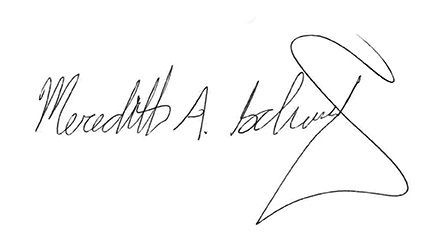Missing Books | Editorial
Help stressed ex-readers get their groove back.
 I know a lot of people who say they’ve stopped reading in the last six years. They mean that they have largely stopped reading new books, especially fiction. They’re still reading newspapers, social media, and magazines. They often reread favorite novels. Interestingly, many continue to read new fan fiction, even series at least as long as novels.
I know a lot of people who say they’ve stopped reading in the last six years. They mean that they have largely stopped reading new books, especially fiction. They’re still reading newspapers, social media, and magazines. They often reread favorite novels. Interestingly, many continue to read new fan fiction, even series at least as long as novels.
Seeing a joyous post from someone reading their first new novel in years got me thinking about how libraries can serve readers who miss reading: by validating the ways they’re already interacting with narrative, surfacing further narratives to suit that current level of engagement, and providing a pathway to the level they want to regain.
To start, libraries can make clear in their messaging that reading is reading and all lengths and platforms count. Libraries already emphasize that those who prefer ebooks or audiobooks are readers just as much as those who choose paper; it might be time to broaden that to include other short-form content. And to re-up the audio message without centering print in comparison, since audio is the first entry point for many. In addition, readers who have historically preferred text but are now too stressed to focus on a printed (or pixeled) page may find that audio provides an easier reentry.
For that matter, movies and TV, long staples of library collections, and increasingly popular video games are all also valid ways of engaging with stories. The self-shaming that can come with “I should be reading” by a narrow definition doesn’t make anyone more likely to do so.
Libraries could further serve these patrons by surfacing more short-form content. This probably isn’t a matter of buying more: Every library contains anthologies and collections, but sometimes they’re not highlighted in displays or online lists. Even more seldom do libraries cross the streams to showcase content from their magazines or subscription products alongside short story holdings. There are technological challenges in highlighting a particular piece of content in a subscription database so that readers can go right to it. But if possible, it could drive usage by making users aware of the full range that the library offers on their topic of interest in the length/depth/time investment range they are looking for.
These stressful times are also a perfect moment to celebrate the pleasure and comfort of rereading—not only because the reader may see the work in a new light, but also simply for the benefits of visiting a safe and beloved place and drawing strength from it. Our societal emphasis on getting out of our comfort zones presupposes that we are already in those zones and have got as much comfort as we need. That isn’t true for an awful lot of people, who may feel they should want novelty but actually want stability to help navigate micro- and macro-level upheaval.
Fan fiction offers a half-step into novelty, pairing new plot with familiar characters and worlds (as do new installments in a long-running book series). But its appeal also, I think, speaks to readers’ growing awareness that what they are looking for in their next read may not be about author or genre, but rather aspects such as a cozy vibe—or an angsty one. Large cross-fandom sites come with a lot of author-generated metadata in the form of tags. While not a controlled vocabulary, they allow users to search at a granular level for particular tropes, themes, and tones in a way they can’t in the library catalogue.
As far as I know, no library RA tools feature extremely specific, common fan fiction tropes like “there’s only one bed” or “coffee shop alternate universe.” However, librarians already have a well-developed vocabulary of appeal factors. We just haven’t necessarily shared that information directly with readers. Maybe it’s time—if not to open those tools to patrons’ direct use, then at least to let them know it’s possible to map some favorite fan fiction tags to original fiction and that a readers’ advisory librarian can help. The romance genre is leading the way on this and is a great place to start.
Overall, this is an important moment for RA—people who already value reading need help. Often, just one book loved rather than finished with gritted teeth is enough to break the logjam. It all starts with meeting the reader where they are and listening to where they want to be. Look for an article in the next issue of LJ on how to extend RA into a deeper ongoing relationship for patrons who want more support and connection.

RELATED
ALREADY A SUBSCRIBER? LOG IN
We are currently offering this content for free. Sign up now to activate your personal profile, where you can save articles for future viewing









Add Comment :-
Comment Policy:
Comment should not be empty !!!